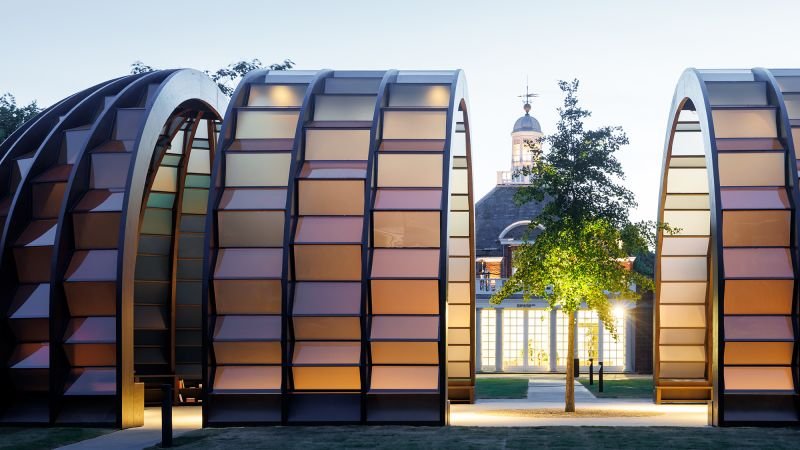London
CNN
—
Even on a grey, drizzly morning in London, entering this year’s Serpentine Pavilion — the 25th architectural structure to be erected in Kensington Gardens — will bathe you in a warm glow. Packed in between curved wooden beams, translucent honeyed yellow square panels filter the weak sunlight into a more inviting summer afternoon hue. “I try to work with light,” architect Marina Tabassum told CNN ahead of Friday’s public opening. “On a sunny day, it’s glowing. But even when it’s not sunny you get to see a softer effect of the light coming through.”
Since 2000, the chance to design a public space in the center of London is awarded by the Serpentine Gallery each year to an architect who hasn’t built in Britain before. “London as a global city has a very international exchange with music, fashion and art,” said gallery co-director Hans Ulrich Obrist, who has been working on the project every summer since 2006, in a video call. “It’s an interesting paradox. The UK has produced so many architects who radiate internationally… But has not historically welcomed foreign architects to build (here.).”
Tabassum, who founded her own architectural firm in Bangladesh in 2005, is more used to building temporary structures for climate refugees in India than manicured European public spaces. In 2023, she designed flood-proof, flat-pack homes for those living in Bangladesh’s river deltas — where heavy riverbank erosion has resulted in entire towns lost to water. The tall, free-standing treehouses were designed to be folded and moved elsewhere by their inhabitants who, because of the area’s vulnerability to climate change, live a transitory lifestyle.
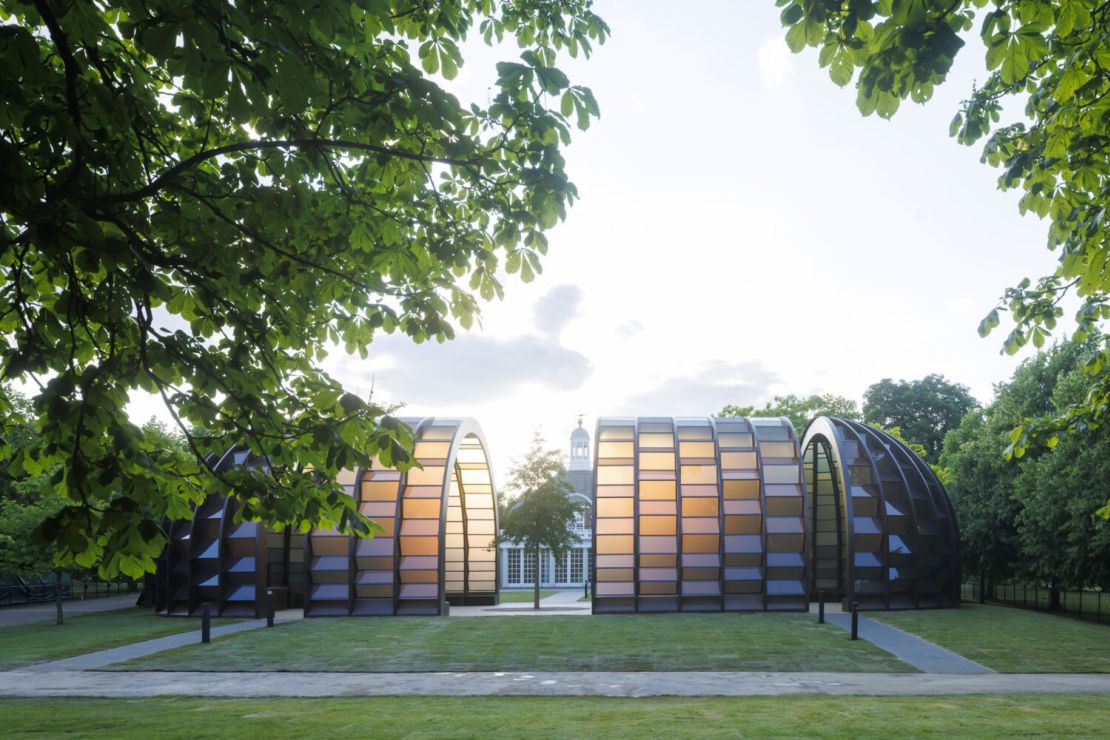
Impermanence, therefore, is a key part of Tabassum’s architectural DNA. “When I started studying architecture, (my university) was always referencing (architect) Louis Kahn’s (Capitol Complex in Dhaka),” she said, referring to National Parliament Building. “It has a presence which gives you the sense that architecture is here to stay, that it can last for maybe hundreds of years… Once we started working more in the coasts of Bangladesh, in the places where land constantly moves, that’s when we realized that architecture doesn’t have to be static.”
While this might be her first building project in the UK, as well as outside of Bangladesh , according to Tabassum, her familiarity with constructing for the present, rather than forever, is what made the project less daunting. “The pavilion seemed almost similar (to my previous work),” reflected Tabassum, who has traveled to London several times to see the past structures in person. “It has a different shape and form, but it actually holds similar values.”
Titled “A Capsule in Time,” Tabassum’s pod-shaped shelter is made entirely of wood . In its center stands a semi-mature gingko tree — a rare climate resistant species of flora that can withstand temperatures ranging between -30 to 100 degrees Fahrenheit. The tree’s symbolic defiance is “the heart and soul of the entire space,” said Tabassum, and will remain in the gardens after the structure is disassembled.
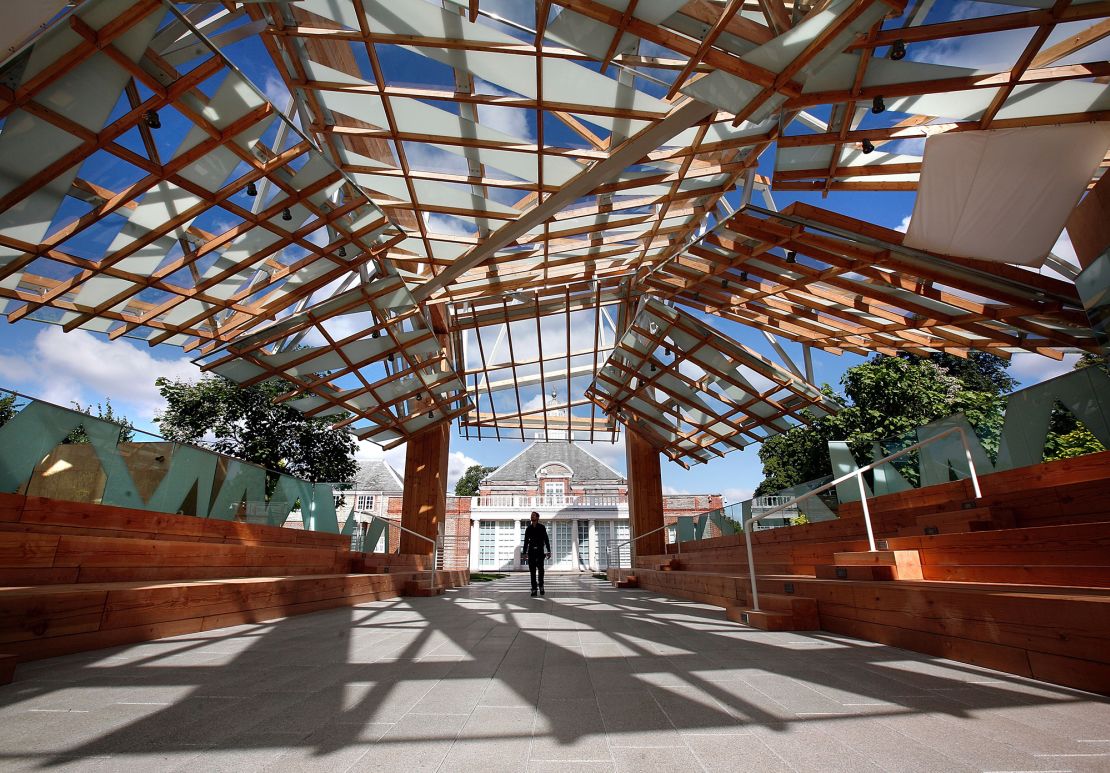
From single-use tent to seasonal landmark
The first Serpentine Pavilion was designed by Zaha Hadid — the celebrated Iraqi-British architect and artist who, at the time, had never built in the country, even after three decades of living in the UK. The marquee was intended to be a one-night shelter for a fundraising dinner organized by the gallery, but the unique shape and atmosphere of Hadid’s work struck one attendee in particular: former member of parliament and then secretary of state for culture, media and sport, Lord Chris Smith. “There was a lot of excitement around it,” said Obrist. Smith was able to receive the correct planning permission that enabled the single-use tent to stand for three months. “Everyone was very surprised by the idea that the pavilion could stay a bit longer,” Obrist added.
In the 25 years since then, the Serpentine has platformed celebrated “starchitects” like Rem Koolhaas to Frank Gehry, as well as giving lesser-known names their big UK break. “The pavilion in our architectural world is something quite exciting,” said Tabassum, noting that “for a long time, we (architects) look forward to who will be making it and what will be the design.”
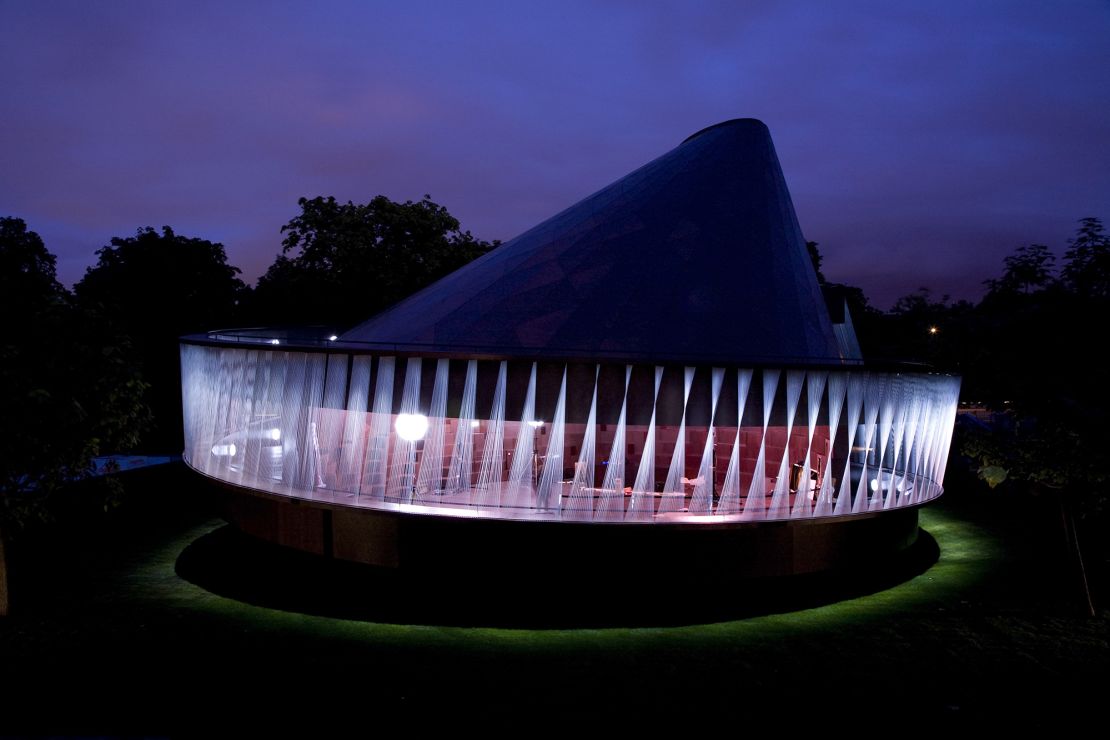
For some, it’s a gateway to international acclaim and opportunity. Two former pavilion designers have gone on to win Pritzker Prizes — including Liu Jiakun, who took home the honor this year — while others, such as Kazuyo Sejima and Ryue Nishizawa, have been awarded RIBA Royal Gold Medals. Many go on to secure prestigious new projects restoring or reimagining global landmarks.
“Initially the pavilion scheme was very much focused on well-known architects who had long careers,” said Obrist. “It’s really exciting now that we can also work with more emerging voices.”
While it may seem reductive to draw a straight line from the Serpentine’s summertime structures to illustrious, award-winning architectural careers, the pavilion offers up-and-coming talent a powerful springboard to the global stage. At least that is the opinion of Diébédo Francis Kéré, the other pavilion designer that went onto win the Pritzker Prize (and was the first Black architect to receive the honor). The Burkinabé-German designer was celebrated for the geometric, cobalt blue pavilion that he erected in 2017. “When I was called to do it, I didn’t believe it was me,” Kéré said over the phone from Berlin. “I was not that established when I did the Serpentine pavilion. Yes, I was established with the work that was (built) in Africa, but being recognized internationally — it was because of the Serpentine.”
Last year Frida Escobedo, who was the youngest architect to design the pavilion in 2018, was commissioned to help renovate two major institutions — the Metropolitan Museum in New York and the Centre Pompidou in Paris. Her new wing at the Met, set to open in 2030, will be the first designed by a woman in the museum’s 154-year history.
Similarly, Lina Ghotmeh, the Lebanese-born, France-based architect behind the 2023 canteen-style pavilion named “Á Table,” is currently working on revamping the British Museum in London. “It was a lovely experience,” she told CNN of her Serpentine project from her studio in Paris. “(The pavilion) attracts so many people from different disciplines. Sometimes architecture tends to be an enclosed profession,” said Ghotmeh. “I think it’s really a great way to get architecture closer to the public.”
According to Obrist, it’s London’s running community who are the most appreciative of the space. The sloping, circular ramp of Olafur Eliasson and Kjetil Thorsen’s 2007 pavilion (which was compared at the time to a giant spinning top) was “a jogger’s favourite ramp,” said Obrist. “Gehry was great for stretching,” he added of the 2008 timber theater — whose haphazard wooden roof always appeared on the brink of collapse.
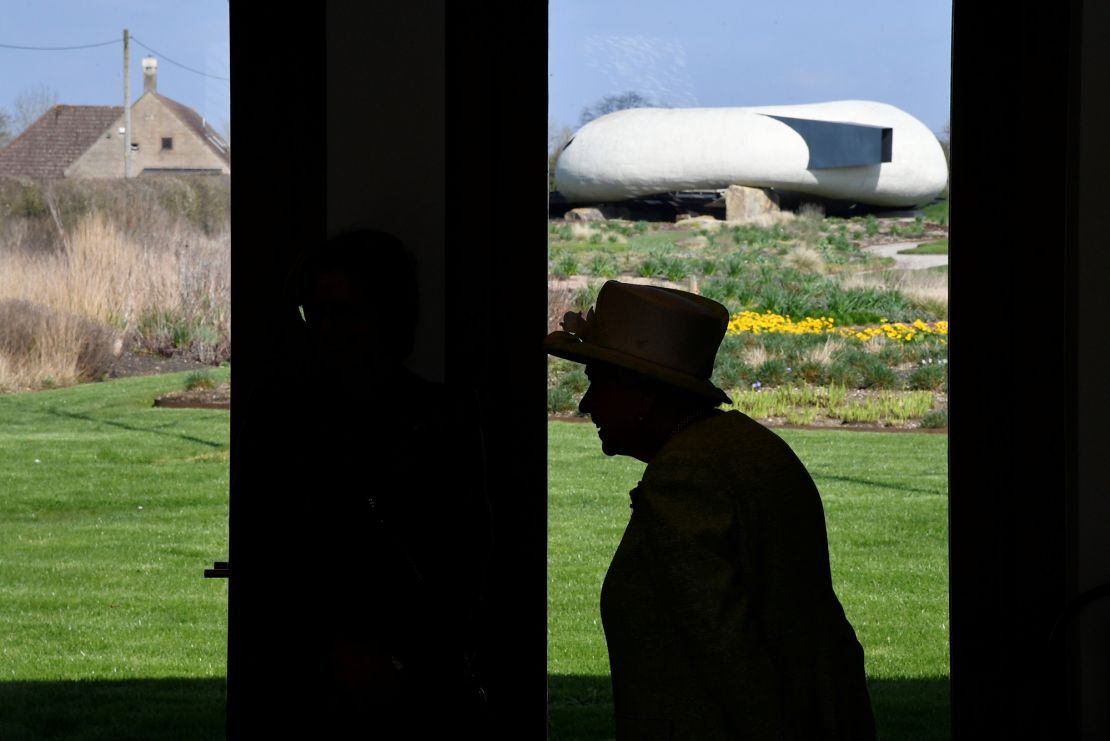
After its four-month run, the pavilion is dismantled and carefully stored away — though hopefully not for long. “The pavilions always find a second life somewhere,” said Obrist, who adds that they are only ever sold for the price of the material and what it costs to build. Chilean architect Smiljan Radić’s 2014 futuristic shell-like structure now lives in the English countryside at Hauser & Wirth Somerset, nestled in the gallery’s wildflower meadow; while Japanese designer Sou Fujimoto’s mesmeric shimmering matrix from 2013 is permanently installed outside the National Art Gallery in Tirana, Albania. Gehry’s crumbling wooden creation resides in a vineyard in Aix-en-Provence, and Kéré’s work was bought by the Ilham Gallery in Kuala Lumpur, Malaysia.
Once every pavilion is reinstated — and at least four are privately owned by collectors — Obrist hopes to one day design a map marking their forever homes for tourists and travelers . “Maybe when (people) are in a different city they can go and visit them, which would be fun.”
Tabassum has already begun considering the retirement plan for “A Capsule in Time.” Her main desire is not so different from that of the many Brits who will be visiting the building this summer: “I really hope it goes to a place where there is nice sun and a sunny atmosphere,” she told CNN, “so that it gives you that glowing feeling once you’re inside that space.”

